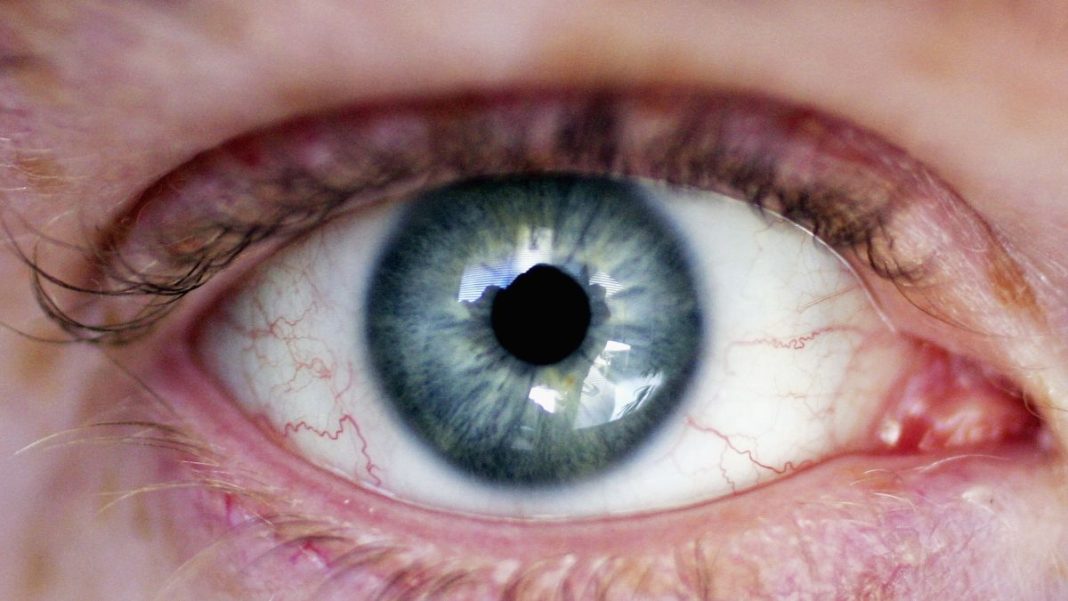Once light enters the eye, it travels to the retina, a thin layer at the back of the organ where light-sensitive cells called photoreceptors convert it into electrical signals. The signals are then sent to the brain for interpretation. This is simply a definition that sums up how we see.
Many eye diseases damage photoreceptors, leading to vision problems and even blindness.There is no known cure for this problem, which affects millions of people. However, there are interesting projects involving space.
WORKING ON ARTIFICIAL RETINES
Connecticut-based LambdaVision is using a light-activated protein called “bacteriorhodopsin” to create artificial retinas. These retinas are being studied to restore vision in people with retinal degeneration by filling in damaged photoreceptors.
Each of the artificial retinas contains 200 protein layers on a mesh membrane. The smoother these layers are, the better the implant works, but even a force as light as gravity during fabrication can cause defects.
IT WILL BENEFIT FROM ZERO GRAVITY IN SPACE
In pursuit of perfect protein layers, LambdaVision decided to explore the feasibility of fabricating its artificial retinas in space, hoping that the microgravity environment on satellites would provide a better product.
The company teamed up with Space Tango, a space-based research firm, to design an experiment using one of its CubeLabs, stocked with all the automated systems needed to conduct experiments with near real-time input from Earth.
Backed by a $5 million commercialization grant from NASA, it sent its first CubeLab to the International Space Station (ISS) in 2018, followed by four more experiments. The fifth CubeLab has now returned to Earth, and according to LambdaVision’s initial analysis, the 200-layer retinas inside are more regular than the retinas they formed on Earth.
Each microgravity experiment has helped LambdaVision in its goal of meeting the FDA’s goal of meeting manufacturing standards for its artificial retinas by the end of 2023, and there are three more CubeLabs scheduled to arrive at the ISS within the next year. LambaVision hopes to have its artificial retinas ready for experiments involving patients with advanced retinitis pigmentosa by 2024. If these trials are successful, trials to treat age-related macular degeneration will follow.
Check The Link For More Detailshttps://www.cpmrevenuegate.com/ut0jpgpj9h?key=02393f5e91c29e2825b658f71bca166b





